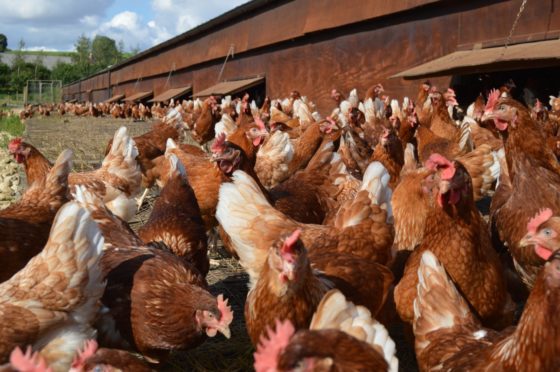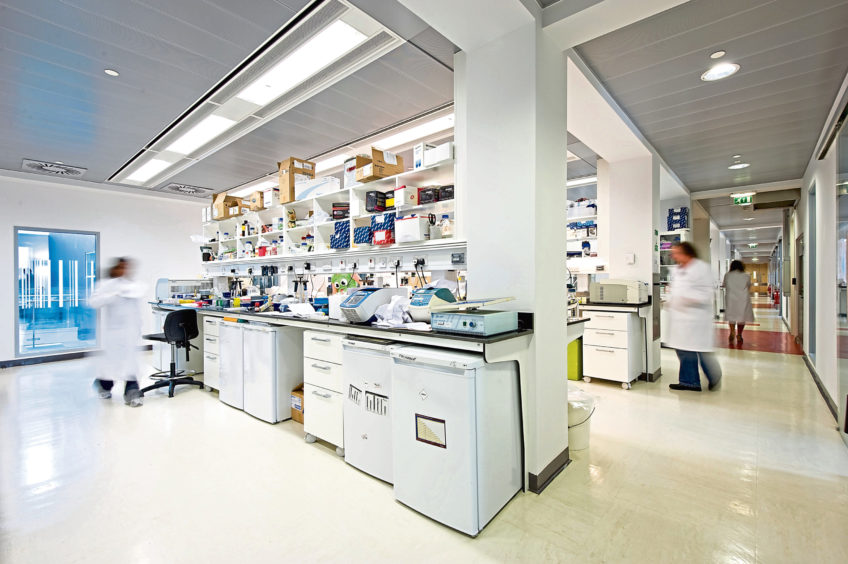Scottish scientist are working to develop new tissue tests to detect emerging strains of bird flu.
Researchers at the Roslin Institute, based on the outskirts of Edinburgh, are involved in a three-year project to assess and detect several types of bird flu viruses which are not currently regarded as severe strains, but can cause severe symptoms, high death rates, and pose a risk to public health.
The 1.2 million euros (£1.04m) FluNuance project involves various partners across Europe including the Roslin Institute, Royal GD Animal Health in the Netherlands and the National Veterinary Research Institute in Poland.
“Bird flu is a major challenge and concern for the poultry industry,” said Professor Lonneke Vervelde from the Roslin.
“We know that mild H5 H7 strains can become very dangerous, but it is becoming clear that other mild strains are, to our surprise, becoming more virulent. It is critical that we seek to better understand the risks associated with these potentially harmful viruses.”
The researchers will work to determine the biological factors that enable some low-risk strains of bird flu to become more harmful.
They will carry out lab work to pinpoint the genetic code of strains linked to a risk of serious disease, and compare the impact of typically low-risk strains of flu with those which have evolved to become more powerful.
Experiments will be carried out to test the impact of strains on various tissues, and to check for signs of severe disease that would be expected to occur in domestic or wild birds.
The researchers will also investigate how the viruses interact with poultry and wild birds in a bid to better understand the potential risks of virus passing on between the two groups.
Professor Sjaak de Wit from Royal GD, who is co-ordinating the study, said: “The consortium of members have all worked with avian influenza in the past and have excellent research environments enabling application of state-of-the-art technologies.
“The project integrates resources and expertise that are not available in the laboratory of any one partner, and thus offers substantial added-value to the funders.”
The project is funded by the International Coordination of Research on Infectious Animal Diseases.

